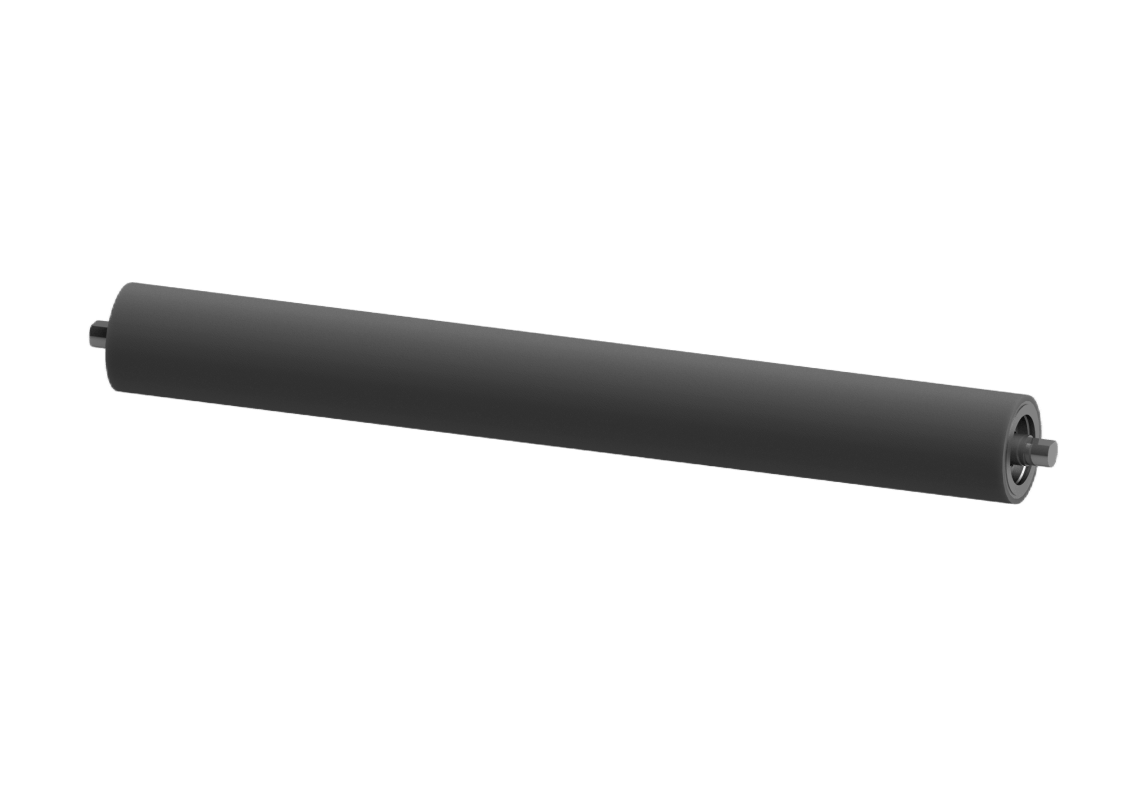
The rubber-coated rollers of vertical filter presses can be divided into driving rollers, redirecting rollers, deviation-correcting rollers, tensioning rollers, etc. according to different uses.
The rubber-coated rollers are usually composed of a metal inner cylinder, an outer rubber layer, a shaft head, etc.
Rubber, fluororubber, silicone rubber and other materials can be used according to different working conditions. The shaft head is generally made of 45# steel, SS304 and other materials.
The redirecting roller refers to the roller that controls the longitudinal movement of the filter cloth to realize the correction of the direction of the filter cloth by the roller.
The deviation-correcting roller refers to the roller that controls the lateral movement of the filter cloth. It is arranged at the lower part of the frame arranged at the driving end, close to the turning point of the filter cloth. The deviation-correcting device changes the front and rear position of one end of the redirecting roller to realize the correction of the direction of the filter cloth by the roller.
The tensioning roller is a roller that controls the tension of the filter cloth of the vacuum belt filter by adjusting the tension of the roller. Conventional tensioning rollers control the tension of the filter cloth by adjusting the position of the shaft head in the vertical direction up and down. Gravity roller refers specifically to a roller that controls the tension of the filter cloth by its own gravity.
Drive roller: A drive roller refers to a roller used to drive the filter cloth to move. The drive roller is usually used in conjunction with a hydraulic motor to drive the movement of the filter cloth by rotating the drive roller to achieve material conveying and transmission.
- BLZG
- TPF
- HVPF
- LZB
- PF
- MQLY
- Larox
It is necessary to inspect the surface of the rubber-coated roller to see if there are any cracks or breaks on the surface of the roller, and replace the roller with serious problems in time;
Observe the operation of the roller, paying special attention to whether the roller is stuck, delayed, or stopped, and pay attention to whether it is caused by scaling or crystallization of the material at the bearing position. The relevant bearings should be lubricated or replaced in time.







